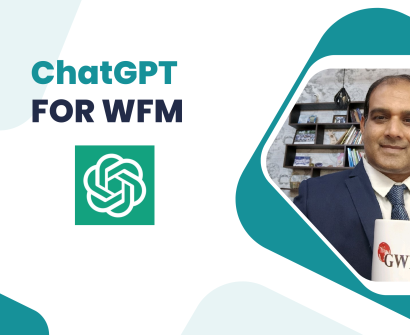Currently Empty: $0
Building organization assets, with skills as a currency

Author : Sreekanth K Arimanithaya Global Talent and Enablement Services Leader, EY Global Delivery Service

There is no secret formula: Your organization is as profitable as your per-employee profitability. The complexity arises as we also add the need to derive per-employee profitability, and keeping ahead of the organization’s growth curve, while managing the career/growth expectations of the people.
There are four fundamental concepts that we must factor while dealing with the subject:
- Nurturing the learning mindset. To begin with, it is important to acknowledge that learning is a continuous process. It needs to be integrated into the needs of the business and is truly future-focused.
So, at any point in time, the entire workforce is skilling, upskilling or reskilling. What we need is a structured approach to define and derive the benefits.
- Defining the skills taxonomy. As this entire learning juggernaut moves ahead, we need a skills inventory to understand the skills we have onboard. In simple terms: name it, define it, slot it. The skills family hence created must be matched against the future skills needed to meet the organizational vision.
The key is to remember that this is not a one-time exercise. The system must be digitalized and not just digitized to enable integration with the larger ecosystem – it could be your performance management, recruitment, career mapping, etc.
- Skills normalization and ontology: Once the skills inventory is normalized, we can define skills and competency pools that can be utilized in real-world scenarios.
The skills ontology has a more direct impact on creating the opportunities marketplace internally. It will let the business identify and move people, giving the workforce allocation much-required agility and speed.
- People supply chain management: I have spoken on this framework in my earlier blog – the people supply chain management framework is a crucial success measure in the future. The skills infrastructure we so far have described has to be now matched with the business demand. In a nutshell, the framework is what will convert the data into decision-making.
- Aligning growth aspirations: And, of course, the most important aspect of this, beyond the business benefit, is that this ecosystem will help people own their careers and build them to their aspirations. It will allow people to have meaningful career conversations – on what I consider as the three key measures of growth – career, compensation, and opportunities.
Building the right infrastructure
As mentioned earlier, technology is crucial to binding the framework together. We need analytics to project an accurate forecast of both demand and supply of the skills, a central system that can provide an integrated view, solutions in AI that can help create efficient and dynamic resource allocation, and finally, the reporting mechanism which can close the loop.
While these are technical aspects of the deconstructed vision, the fundamental experience is:
- As an employee: I get an opportunity to grow myself and my career continuously, and a single organization can meet my diverse expectation from a career. It addresses what I hear every day as a Talent leader, ‘want to try something new’, ‘can I shift course to pursue my passion’, ‘a role with more flexibility’ etc.
- As a business leader: I can take real-time, data-driven decisions on the one key success variable – people.
Source: GWFM Research
Subscribe as a member: https://globalwfm.com/become-gwfm-member/
Visit us for WFM Learning Academy: https://gwfmlearning.online/courses/








